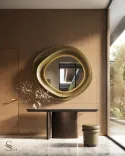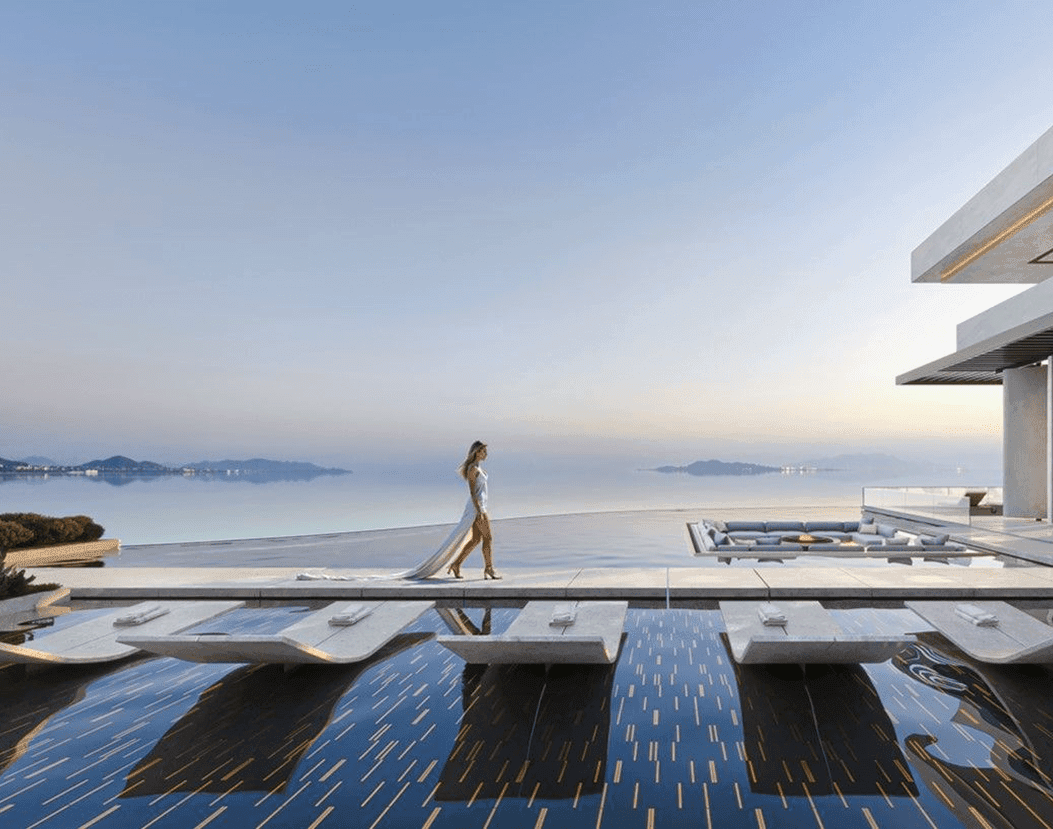/ Interior
~ 5 min
Published: 15/09/2025
In elite architecture today, various questions are increasingly being asked, the most common of which is: "How to design it best?" However, the emotional impact of a space is often overlooked. Experts are accustomed to talking about materials, square meters, and technologies. But true luxury is when a home speaks the language of emotions.
A space that is felt
Many projects claiming to be elite still prioritize technology—complex engineering systems, rare materials, external status. But all of this becomes irrelevant if you cannot relax in a space, feel at home, or recharge.
We view architecture through the lens of emotional perception. What do you feel when you enter a house? What associations does the light, the height of the ceilings, the texture of the stone evoke? What does your guest feel in the hallway?
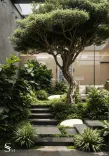
When form influences state
Modern specialists in neuroarchitecture confirm: layout and design directly impact a person's psycho-emotional state. Research shows that properly designed interiors reduce stress levels by 15-20%, improve sleep quality, and increase overall productivity. In today’s fast-paced world, this has become a critically important factor when choosing luxury housing.
A well-thought-out space promotes concentration and even improves sleep. High ceilings stimulate creativity, warm materials reduce cortisol levels, and proper lighting regulates circadian rhythms. These are the internal biological clocks that govern sleep, wakefulness, and other processes throughout the day. In premium projects, this knowledge translates into concrete solutions.
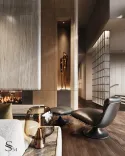
Life scenarios as the foundation of design
We begin each project by asking our clients: How do you live? When do you wake up? Where do you enjoy your morning coffee? Do you often host parties? Do you value quiet? Your home should be an extension of your habits.
In luxury housing, there are no universal solutions. The architect becomes a scenarist: crafting the logic of the space around your emotions and rhythm. Every line, material, and light source is thoughtfully chosen to evoke specific feelings.
A businessperson needs energy in the morning — we create a dynamic kitchen with contrasting materials and bright lighting. In the evening, relaxation is essential — a cozy living room with soft textures and subdued light.
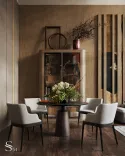
The details that create comfort
It is the details that bring a space to life: soft light on marble, tactile materials, panoramic views. This is the emotional backdrop you want to return to.
A luxury interior is not a collection of elements, but a system of anchors: stone under your hand, the scent in the sauna, the sound of water in the courtyard. All these sensations form an emotional connection with the home.
Modern technology enhances the effect: scent diffusers, built-in speakers, lighting scenarios. The space responds to the owner's mood.
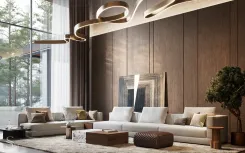
Emotional design is an investment that never becomes obsolete
Modern luxury architecture operates on all levels of perception: visual, tactile, and emotional. It creates beautiful interiors and therapeutic spaces that shape the best version of their owner's life. In an era of stress and information overload, this approach is becoming not just a trend, but a necessity.
A home that inspires in the morning and calms in the evening, that adapts to your mood and supports you in difficult moments — such real estate will always be in demand and will form the foundation for a truly high-quality life.
